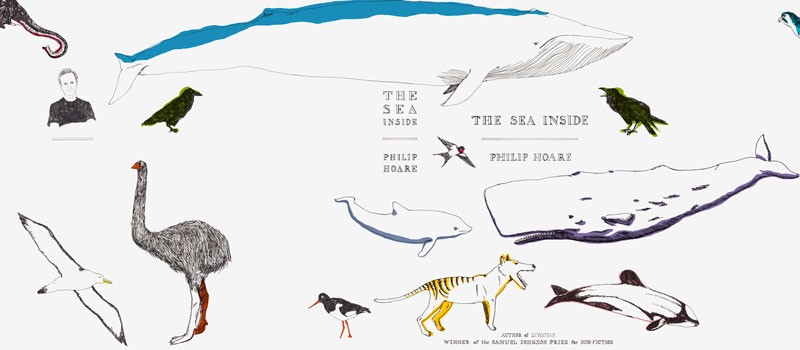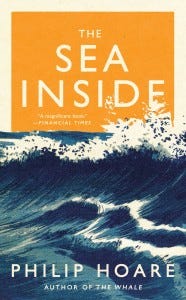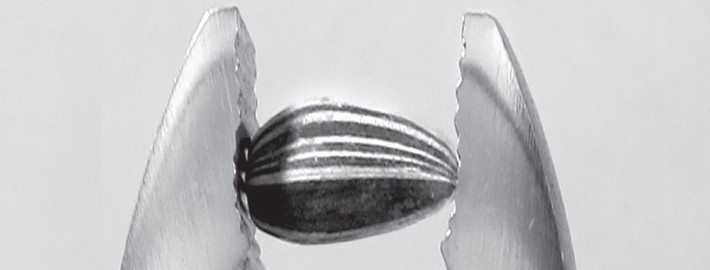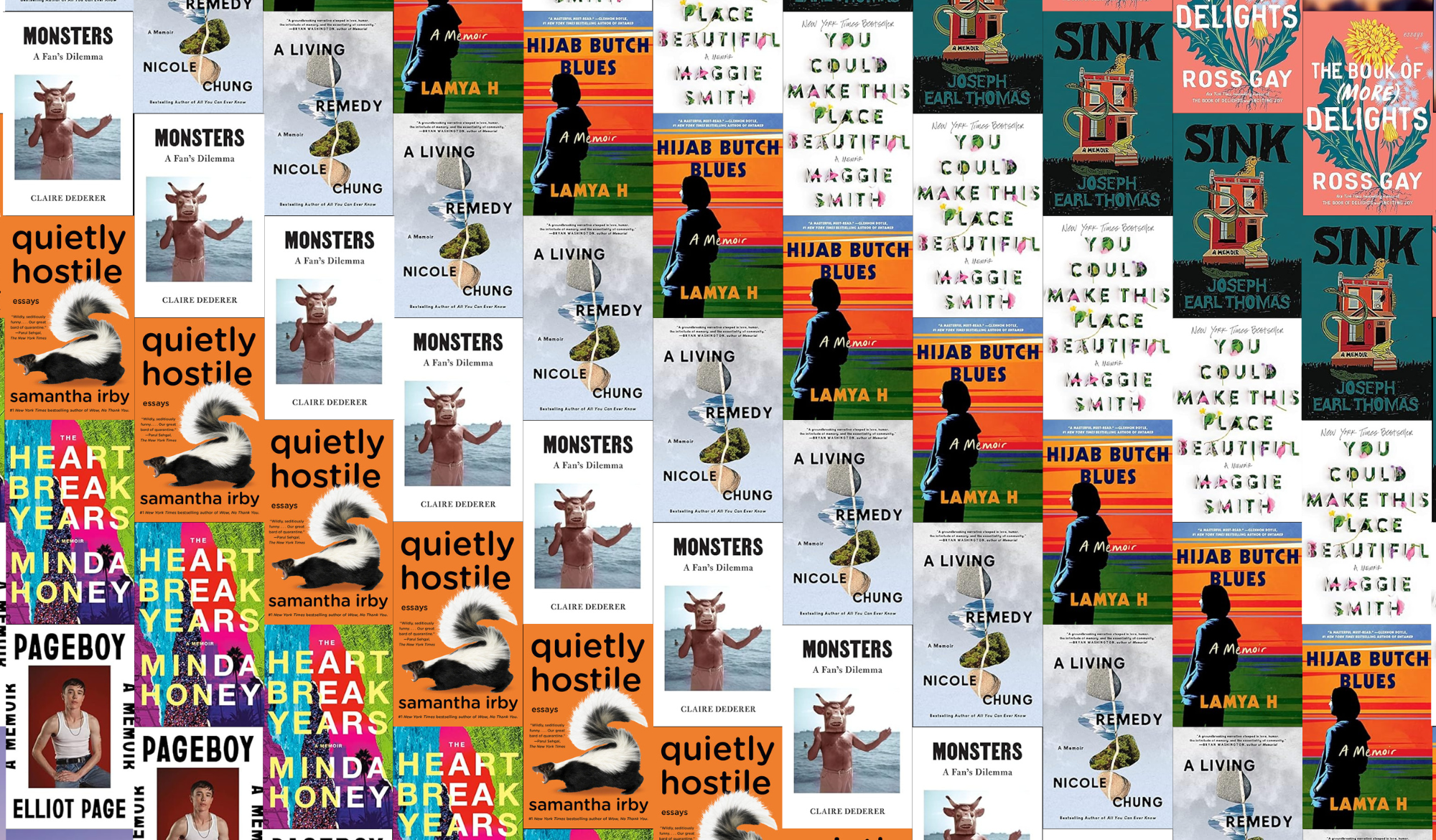Books & Culture
REVIEW: The Sea Inside by Philip Hoare

70 percent of the earth’s surface is ocean; about 60 percent of the human body is made of water, too. The sea outside and the sea inside — author Philip Hoare has spent much of his career interested in both. Now, on the heels of 2010’s The Whale, comes Hoare’s next book, similarly populated by leviathans, seabirds, and the occasional man: The Sea Inside.
To be published, with titular appropriateness, by Melville House in the U.S. (it’s already out in the U.K.), The Sea Inside is foremost a work of joy. While writing about modern oceans requires a certain degree of gravity, Hoare balances the seriousness with his own unforced enthusiasm on the subject of the sea. More than once does Hoare slip from the side of a boat to contemplate whales, dolphins, and human history face-to-face. From Hoare’s native Southampton Water, moving through Sri Lanka and into the southern oceans surrounding Australia and New Zealand, The Sea Inside is at once a travelogue, report, and memoir.
It might also be considered a collection of encounters: each turn of the page brings a new friend to Hoare. Here, a seal; there, a curious wheatear. Dolphins of assorted varieties. And whales — so many whales. “I probably think too much about whales, generally,” Hoare discloses at one point. Director John Waters agrees, saying in his blurb for the book that, “
I tell [Hoare] he writes whale porn; it’s better than any erotica that’s ever been written.
He makes his passion like an illness, like a good illness.” And yes, while the lyricism is easy to get lost in, the stories are strongly rooted in Hoare himself — confessional, even. If you get past the joy (and why would you want to?), there’s loneliness in The Sea Inside, too. “Homesickness,” Hoare eventually labels it, but since it’s pervasive even when he’s in Southampton, this seems like a rare instance of imperceptiveness.

The Sea Inside, U.S. edition published by Melville House
But that melancholy doesn’t bog the story; in fact, for a memoir, Hoare is suspiciously absent. Instead, the book is divided into nine seas (“The Suburban Sea,” “The Sea of Serendipity,” “The Silent Sea,” to name a few), each of which visits a different history and place. We are introduced to Azorean sailors, whalers, writers, British surgeons, Maori princesses and warrior kings — and those are just the people. For the animals, there are delightful illustrations, photographs, and antique diagrams to aid our visualizations. That is, Hoare’s writing is vibrant enough but also so referential that without the inclusion of illustrations, we’d be constantly running off to look up exactly what he’s talking about. It’s an effective strategy: Hoare knows how to use a reader’s natural curiosity to stoke the story, likely because he’s being lead along by his own.
The Sea Inside might be boiled down to one passage, in which Hoare writes, “We must wait as the whale blows and rolls through the water. Everything is stilled by expectation, diminished by this deferred miracle. All around the world people are going about their business; we are watching a blue whale about to dive.” Here is the distilled essence of Hoare’s work: one part poetry, one part record, and one part a plea for us to pay attention to these oceans, our oceans — and ourselves.
The Sea Inside will be released in the U.S. by Melville House on April 29th and is available for pre-order.









